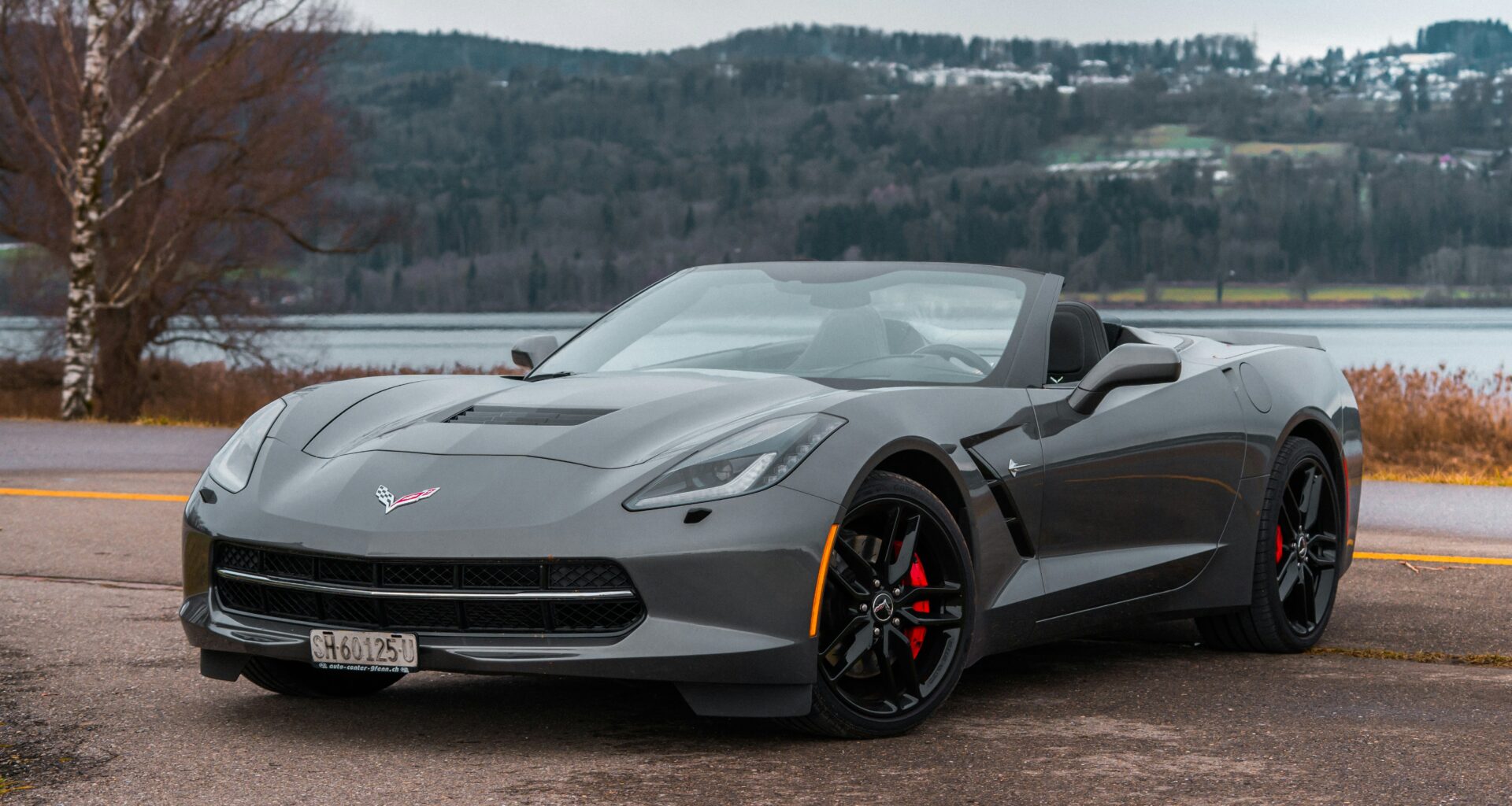Adding a spoiler to your car can feel like an instant upgrade, evoking images of race tracks and high-speed precision. But before you bolt on that aerodynamic wing, it’s worth weighing both sides of the equation.
Here’s what every driver should know about the pros and cons of installing a car spoiler.
Pros
1. Improved High-Speed Stability
A spoiler’s primary function is to manage airflow over your vehicle. At higher speeds, it can generate a modest amount of downforce, pressing the rear wheels into the road and enhancing traction. For those that enjoy fast cars like a corvette, a corvette spoiler adds grip translates to better stability through fast corners and reduced rear-end lift on highways. While the effect is subtle at everyday speeds, enthusiasts who regularly drive on twisty backroads or autobahns will notice crisper handling and less tail-light wobble.
2. Enhanced Braking Performance
By helping to keep the rear end planted, a spoiler can also contribute to more balanced weight distribution under heavy braking. When you dive into a stop from high speed, the tendency is for weight to shift forward—lightening the rear wheels and potentially leading to earlier rear locking. A well-designed spoiler counters that lift, keeping the back tires more firmly engaged with the pavement, which can shave a fraction of a second off your braking distance in spirited driving.
3. Aesthetic Appeal and Personalization
Let’s be honest: spoilers look cool. Even if you never reach speeds where downforce matters, a tastefully chosen spoiler can give your car a sportier, more aggressive stance. Available in everything from subtle lip spoilers to dramatic GT-style wings, they let you express your personal style. Paint-matched or carbon-fiber replicas can turn a generic hatchback or sedan into something that feels uniquely yours.
4. Potential Fuel-Economy Gains
Although it sounds counterintuitive, reducing aerodynamic lift at the rear can sometimes improve overall drag coefficient—especially on bluff-back vehicles like SUVs or wagons. By smoothing airflow separation behind the car, a spoiler can cut turbulence in the wake and slightly lower fuel consumption at highway speeds. Gains tend to be small (often less than 1–2 percent), but over thousands of miles, that can translate into real savings at the pump.
5. Resale and Enthusiast Appeal
For some buyers, a well-executed spoiler signals that the owner cared about performance and appearance. On the used-car market, tasteful performance parts can raise interest—and in certain circles, even boost a vehicle’s value. If you choose a reputable brand and have the spoiler professionally installed, the extra curb appeal may help your car stand out when it’s time to sell.
Cons
1. Increased Weight and Complexity
Spoilers don’t come without costs, especially those made of solid aluminum or thick fiberglass. Each extra kilogram adds weight, raising your center of gravity albeit only marginally while nullifying any handling gains you might expect to reap from having one on. You will also need to drill holes in the bodywork, run wiring (if your spoiler includes integrated brake lights) as well as cut into headliners or trim panels – more parts means more things that could rattle loose over time or leak fluid into the engine bay!
2. Limited Effect at Everyday Speeds
Most drivers spend the vast majority of their time driving at speeds below 80 mph, where aerodynamic downforce from a spoiler is negligible and may offer no real handling benefits around town or on suburban on-ramps. Ultimately, paying for looks rather than functional performance may just be more economical in this scenario.
3. Increased Drag
A spoiler not specially engineered to fit your car can create more aerodynamic drag, causing it to work harder for less downforce gains and worsen fuel economy in stop-and-go traffic. Cheap, one-size-fits-all spoilers sold online often lack the required curvature or angle of attack to manage airflow smoothly, leading to greater wind resistance than they save.
4. Potential Visibility and Practicality Issues
Large wing spoilers can interfere with rearward visibility on cars with small rear windows, complicate parking arrangements and roof storage or rack use awkwardly, as well as becoming safety hazards if the snow or ice collects on it during snowy or icy climates and suddenly sheds off during driving.
5. Legal and Insurance Considerations
Not all aftermarket spoilers are street legal everywhere. Different areas have regulations on how far a spoiler should extend beyond its vehicle’s body or obstruct brake lights and license plates, violating which could result in fines or failed safety inspections. Furthermore, major body modifications can have an effect on insurance premiums; so before making permanent alterations it would be prudent to consult your provider beforehand.
Making the Right Choice
- Know Your Needs: If you track your car or regularly drive on high-speed roads, choose a spoiler designed by a reputable motorsport supplier and have it professionally tuned to your vehicle’s aerodynamics.
- Balance Form and Function: For daily drivers, consider subtle lip spoilers or “ducktail” designs that add flair without drastic aerodynamic changes.
- Professional Installation: Proper sealing, precise bolt patterns, and correct angle adjustments are crucial. A botched DIY job can lead to leaks, wind noise, or even peeling paint.
- Check Regulations: Verify local laws and insurance requirements to avoid unexpected headaches.
- Test Before You Commit: If possible, borrow or test-drive a similar setup to experience the real-world impact on handling, noise, and fuel economy.
Bottom Line
A spoiler can be more than just a cosmetic flourish—it can sharpen handling and potentially improve fuel efficiency when chosen and installed correctly. But if your driving is mostly urban or low-speed, the performance gains may be imperceptible, leaving you with only the style payoff and the added cost, weight, and complexity. By weighing these pros and cons against your personal driving habits and aesthetic goals, you’ll make a spoiler choice that feels right every time you hit the road.





